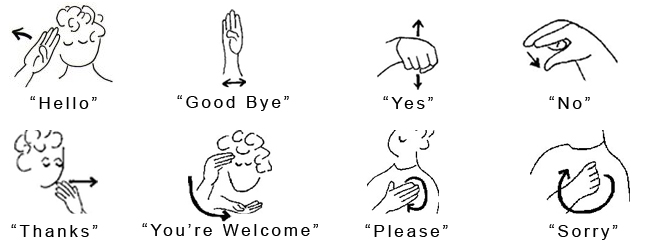Student Lobbies to Get ASL Added to Curriculum
New school, new principal, new lunch prices, new students; new foreign language? The school has been through a lot of changes in the past year, and now we may be facing another one.
Junior Jessica Krewsky started her mission her sophomore year to get American Sign Language taught as a foreign language class. She began by having students sign a survey to show that there was student interest in taking this class .
With over 300 signatures on her survey, an essay, and interviews with local American Sing Language (ASL) signers in her back pocket; Krewsky is ready to make ASL a part of the foreign language curriculum.
Krewsky said, “Some people have a hard time learning a spoken language, so ASL could provide another option that would be easier for them to learn.”
As a Child Of Deaf Adults (CODA), Krewsky has been raised around the deaf community and sees the value of others learning ASL. Like any other spoken languages, sign language is a way of communicating, except instead of words, signers use their bodies, mainly their hands. Knowing sign language can help no only with communication with the deaf, but also with communicating with those who don’t speak English or a common second language, people who are hard of hearing or who have special needs, and even interacting with babies.
Krewsky said that, “People that don’t speak the same language as others could benefit from ASL because it provides an easier way to communicate with others.”
Krewsky doesn’t only want ASL to be taught, but she also wants the ASL culture to be incorporated into the class as well.
Krewsky is fighting to have American Sign Language put in as a foreign language for the 2014-2015 school year as a pilot program. She believes that ASL should be given a chance, and if many students enjoy the class, then ASL should be kept as a class for years to come.
Help support the student journalists of Waterford High School with your donations. Your contribution will allow us to publish print editions and cover our annual website hosting costs. Along with travel to workshops and additional add ons to The Lancelot.


